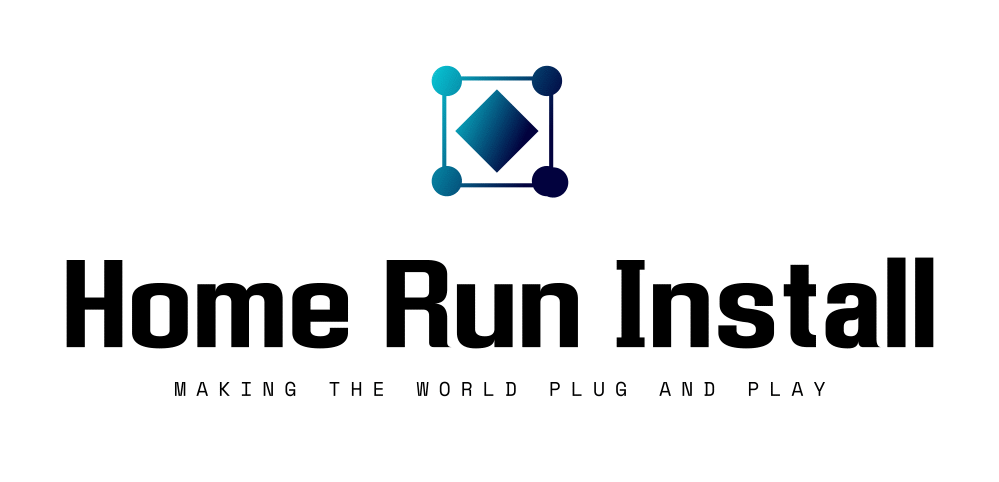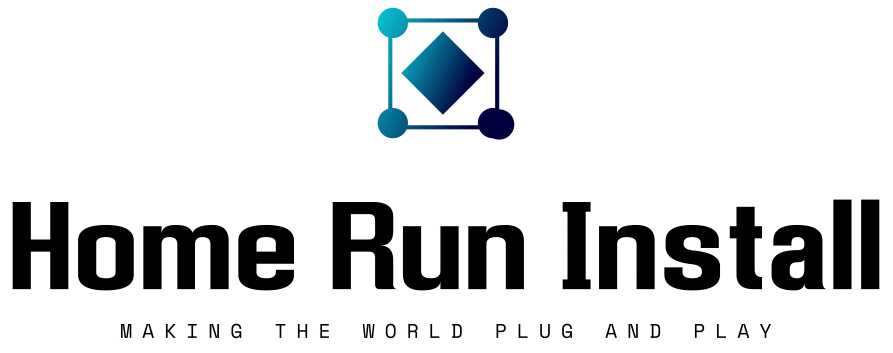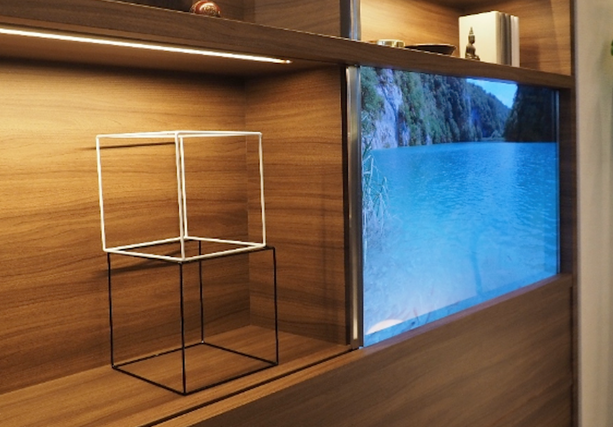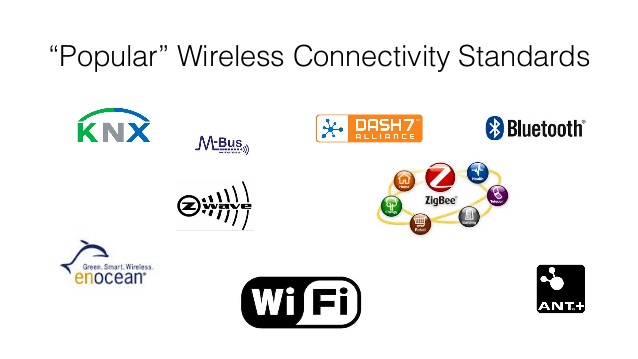Avaya Jumps into New Market with Open Standards SIP-based Phones Portfolio
Avaya Jumps into New Market with Open Standards SIP-based Phones Portfolio
Validates a portfolio of industry-leading desktop and conference phones with the BroadSoft BroadWorks platform for use by service providers.
SANTA CLARA, CA–(Marketwired – May 31, 2017) – Avaya today announced that it is now offering the globally recognized quality and style of its desktop and conference phones to service providers. In collaboration with BroadSoft, Avaya is making a full portfolio of open standards, SIP-based devices available to service providers that are tested for interoperability with the BroadSoft BroadWorks platform.
Continuing with their fast-paced evolution, Frost & Sullivan expects SIP phone shipment to more than double five years from now, reaching new customers and delivering more functionality to businesses. Validating Avaya’s open standards, SIP-based desktop and conference phones with the BroadSoft Business platform is a first, significant step in expanding to this new market. BroadSoft is the market share leader for cloud-based unified communications, with its open platform deployed by 25 of the world’s top 30 service providers.1
The Avaya open standards-SIP based desktop and conference phones portfolio provide simple, powerful and affordable endpoints for a broad range of third-party, hosted call control platforms. The Avaya portfolio today includes three models: a conference phone, a desktop handset and the sleek, new Avaya Vantage phone that was just announced last Fall. Additional phones will be added over the next year to support use case or job functions. The phones can also be customized with co-branding or white labeling with the service provider’s name and logo.
Quotes;
“Avaya’s phone portfolio is known for high quality audio and security throughout the world. As growth in UCaaS offers via third party service providers continues to climb, this is a natural move for us and a great opportunity for them to increase value to their customers by offering a premium portfolio at affordable prices. Working with BroadSoft has been an excellent experience and we look forward to leveraging our mutual market leadership as we expand into this arena.”
Mark Monday, vice president and GM, Engagement Platforms, Avaya
“Avaya has a strong global market presence. The new line of phones will be a great choice for customers who want to migrate to cloud communication services Powered by BroadSoft.”
Mark Baker, Director of Business Development at BroadSoft
“The open SIP phone market continues to considerably grow year-over-year triggered by deployments in hosted/cloud-based communications and the need of businesses to secure endpoint investments. The jump of Avaya into this growing market, with the launch of a powerful, yet simple open SIP device offering is definitely a right move from a company which continues to be one of the top leading vendors in terms of IP desktop phone shipment and revenue.”
Mohamed Alaa Saayed, ICT Principal Analyst – Connected Work | Digital Transformation Frost & Sullivan About Avaya.
Avaya enables the mission critical, real-time communication applications of the world’s most important operations. As the global leader in delivering superior communications experiences, Avaya provides the most complete portfolio of software and services for contact center and unified communications with integrated, secure networking — offered on premises, in the cloud, or a hybrid. Today’s digital world requires some form of communications enablement, and no other company is better positioned to do this than Avaya. For more information, please visit www.avaya.com.
Source: Avaya Jumps into New Market with Open Standards SIP-based Phones Portfolio

















